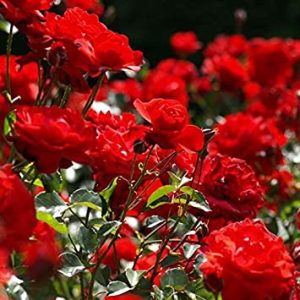Description

Agaves are characterized by a rosette of succulent or leathery leaves that range in size from a few centimetres to more than 2.5 metres (8 feet) in length, depending on the species. Most bear spines along the edges and the tip of the leaf, for which they are occasionally confused with unrelated cacti. The leaves range in colour from pale green to blue-grey and can be variegated or striped. Many species are able to reproduce vegetatively and generate clonal rosettes at the base of the main stem or nearby via underground rhizomes; some species produce bulbils (bulblike structures that can form new plants) on the inflorescence. The plants are generally monocarpic—meaning that each rosette dies after flowering and fruiting—and most do not live longer than 30 years. The yellow, pale green, or red flowers are borne in tall branching or unbranching inflorescences that can reach more than 9 metres (30 feet) in height in some species. Each flower consists of six petals and an inferior ovary (i.e., the other flower parts are attached above the ovary) and produces copious amounts of nectar. The flowers are pollinated by bats, insects such as bees and hawk moths, or birds, depending on the species. The flowers produce capsule fruits. As an adaptation to their arid habitats, agaves use a photosynthetic pathway known as crassulacean acid metabolism (CAM), in which carbon dioxide is fixed at night to limit the amount of water lost from the leaf stomat





Reviews
There are no reviews yet.